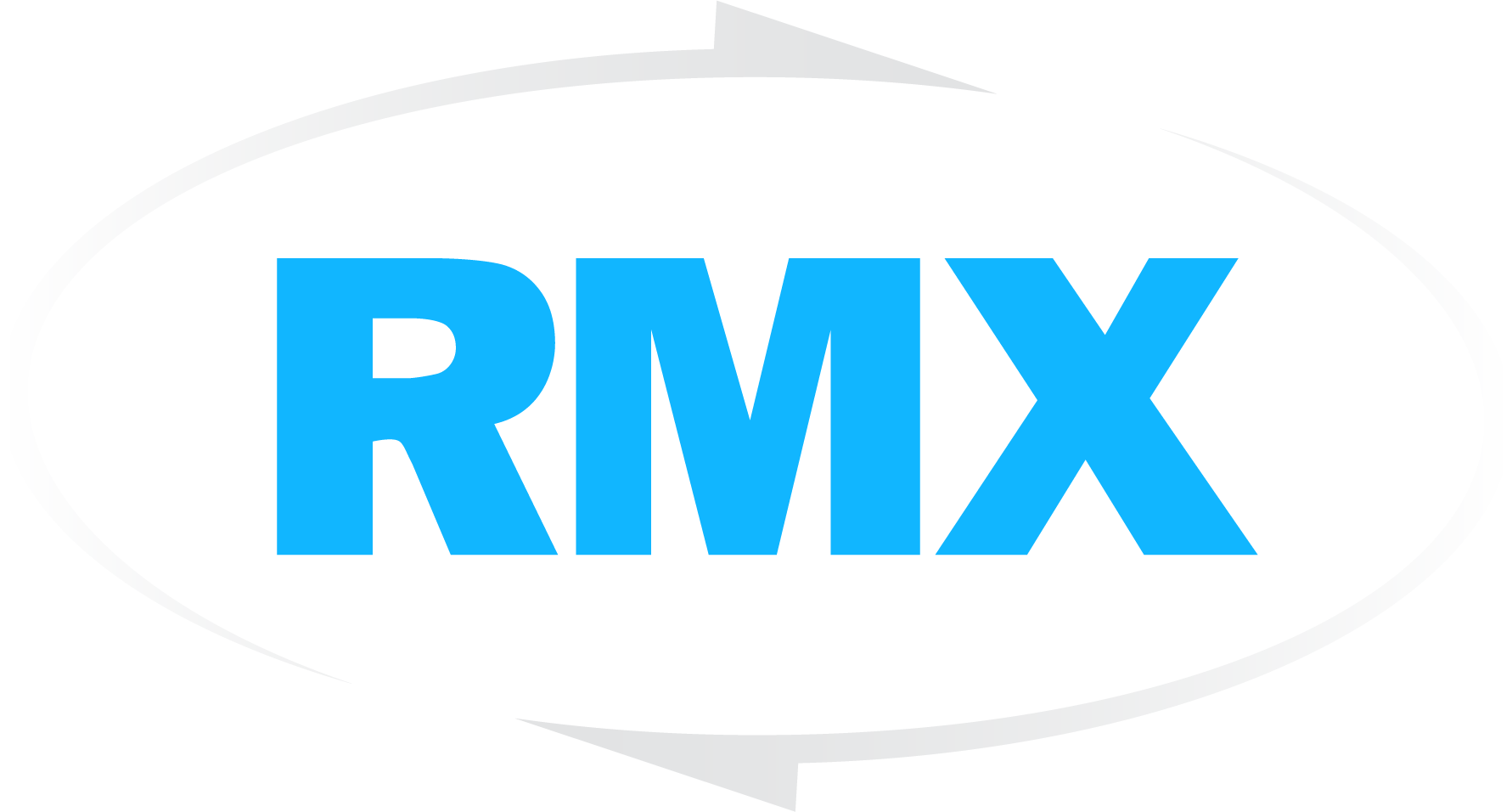How’s the U.S. Economy Doing at Mid-Year?
As of mid-2025, the U.S. economy exhibits signs of both resilience and cause for concern, characterized by a mix of growth, a lower (but still slightly high) inflation rate, and fragile consumer sentiment. While the overall picture is somewhat better than many predicted earlier in the year, momentum could yet be tested by ominous job data revisions and rising uncertainty.
GDP Growth Returns
After a contraction in early 2025, real GDP rebounded sharply, increasing at a 3.0% annual rate in Q2 (April–June), following a 0.5% decline in Q1. The bounce was mainly due to a drop in imports—since imports subtract from GDP—and stronger consumer spending, although both investment and exports lagged. Growth in real final sales to private domestic purchasers (consumer spending plus fixed investment) was more modest at 1.2%, down from Q1’s 1.9% pace—highlighting that while headline growth was robust, underlying private-sector momentum remained subdued.
Inflation Eases but Remains Elevated
Inflation, as gauged by key price indexes, cooled notably in Q2. The gross domestic purchases price index increased 1.9%, down from 3.4% in Q1. The PCE (personal consumption expenditures) price index rose 2.1%, versus 3.7% previously. Excluding food and energy, core PCE inflation measured 2.5%, lower than Q1’s 3.5%. But inflation readings remain above the Fed’s 2% long-term target, pointing to a cautious policy outlook ahead, especially with the potential for tariffs to bump up prices in a variety of products.
Consumer Spending Continues to Shine
Consumer spending remained a core driver in Q2’s rebound. Despite earlier price pressures, households maintained spending, backed by improving real income trends and rising demand for services like dining and travel. June saw personal income growth of 0.3% month-over-month, with personal consumption expenditures mirroring that rise. The personal saving rate ticked up to 4.5%, offering some financial buffers for households.
Labor Market Letdown: Employment Revisions Dim the Glow
Downward revisions to BLS employment data have clouded labor market optimism. May’s job growth figure was revised down by 125,000 (from +144,000 to +19,000), and June’s was cut by 133,000 (from +147,000 to +14,000)—a staggering 258,000 fewer jobs than initially reported. These are the largest two-month downgrades since 1968, spotlighting weaknesses in hiring momentum and prompting warnings from policymakers and analysts. Revisions of this magnitude raise concern about whether the labor market may be slipping rather than strengthening.
Forecasts Suggest Slowing Growth Ahead
Looking forward, many forecasts anticipate slower growth in H2. Aggregate GDP growth for 2025 is expected to moderate relative to 2024, and inflation is projected to settle slightly above target. Some analysts forecast annual GDP growth around 1.4%, with cautious tones regarding stagflation risks. A softer investment environment and weaker exports may also weigh on second-half activity.
Key Trends to Watch
Several headwinds could affect the remainder of the year. Tariff policy, geopolitical instability, and shifting Fed stances may strain investment and trade. Consumer sentiment appears fragile, especially amid labor market revision shocks. Any new jolts—like energy price volatility—could swiftly pivot economic dynamics in a negative direction.
In summary, Q2 2025 delivered a strong GDP rebound, supported by consumer demand and lower inflation, but revisions to labor data highlight cracks beneath the surface. Toward year-end, sustaining growth will depend on resilient private investment, labor market stability, and steady sentiment amid evolving policy risks.
Sources:
GDP: https://www.bea.gov/news/2025/gross-domestic-product-2nd-quarter-2025-advance-estimate
https://www.kiplinger.com/economic-forecasts/gdp
Consumer spending: https://www.bea.gov/news/2025/gross-domestic-product-2nd-quarter-2025-advance-estimate

